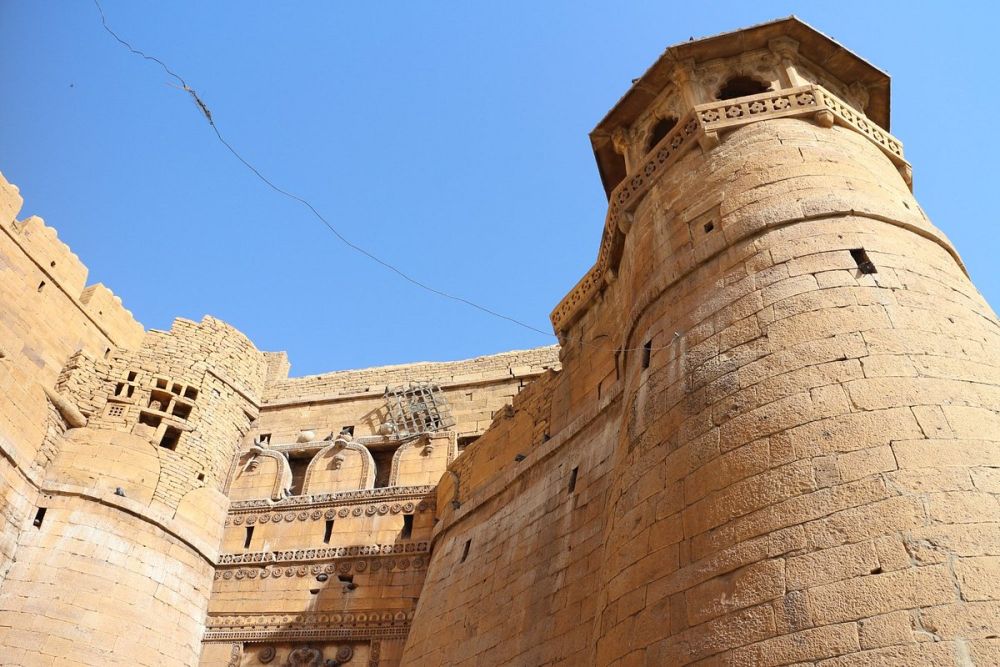

Jaisalmer, the 'Golden City' of India, is famed for its rich history, cultural heritage, and stunning architecture. As a part of Jaisalmer Fort, the Surya Gate is one of the gateways that takes you into a world of bygone eras. The history of tourism in Jaisalmer can be traced back to the royal times when it was a bustling trade center. Over the years, it has become one of the most sought-after tourist destinations in Rajasthan.
Jaisalmer Fort, built in 1156 AD by the Rajput ruler Rawal Jaisal, from whom it derives its name, has always been a focal point for visitors. The Surya Gate, one of the four gates of the fort, has stood the test of time and has been an entry point to the fort for centuries. It is said to have been named after the 'Sun' (Surya), which is also an important deity in Hinduism. The gate has been an iconic structure that has attracted tourists with its intricate carvings and historical significance.
The tourism history around this monument gained momentum when Jaisalmer was connected to the rest of India via broad gauge rail in 2014. Since then, there has been a steady increase in domestic and international tourists eager to explore the fort and its gateways like the Surya Gate. Even before the enhancement of travel infrastructure, adventurers and history enthusiasts made it a point to visit this remote location, drawn by its tales and stunning architecture.
Today, Jaisalmer thrives on tourism and has adapted to modern trends without losing its traditional essence. Visitors are now looking for immersive experiences, and Jaisalmer offers plenty of those. Cultural tourism has surged with increased interests in local festivals, desert safaris, and folk performances. The city has seen a rise in boutique hotels and heritage stays, allowing tourists to experience the opulence of Rajasthani royalty. Additionally, adventure tourism, including activities like dune bashing and hot air ballooning, is becoming popular among thrill-seekers.
Sustainable tourism is also a focus, with efforts being made to minimize the environmental impact of tourism. For instance, solar-powered accommodations and eco-friendly practices are coming into the picture to preserve the historic city and its surroundings. Moreover, digital innovation is impacting Jaisalmer’s tourism as well, with the advent of virtual tours and online ticketing making sites like the Surya Gate more accessible to potential visitors.
When visiting the Surya Gate and Jaisalmer Fort, it is recommended to hire a local guide to better understand the history and the legends behind the ancient structures. The best time to visit is from October to March, when the desert climate is at its best. Visitors are also encouraged to explore the fort during the early hours of the day or at sunset to capture the golden hues that the city is renowned for.
In summary, Surya Gate stands as an emblem of Jaisalmer's glorious past and continues to be a pillar in the future of its tourism industry. The fort, along with its gateways, not only provides a snapshot of a bygone era but also symbolizes the city’s adaptation to contemporary tourism trends while preserving its historical grandeur.